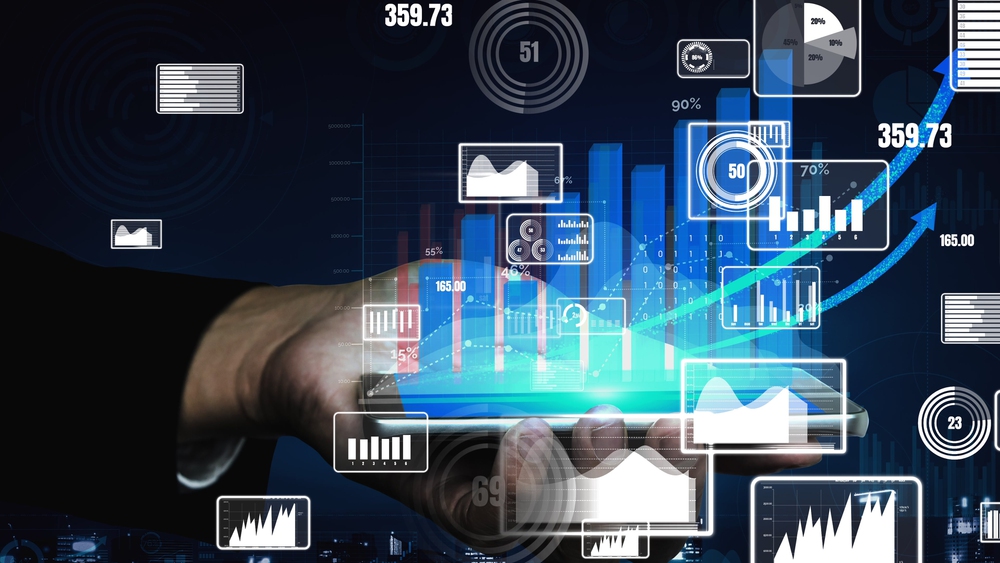
A wide variety of organizations, from finance to healthcare, are increasingly adopting Retrieval-Augmented Generation (RAG) to enhance real-time decision-making. RAG technology facilitates the rapid and intelligent retrieval of relevant information from extensive data sets, supporting decisions that are not only quicker but also more informed and precise. This article aims to demystify the role of RAG in modern decision-making by examining its core functions, benefits, and applications in various industries.
Understanding Retrieval-Augmented Generation (RAG)
RAG integrates retrieval-based techniques with generative AI models to refine decision-making processes. This process can be broken down into several key stages:
- Query Input: The process begins with the user’s input of a query or question. This query represents what the RAG system needs to address.
- Retrieval Phase: In this phase, the system searches through a large dataset or database to find information relevant to the input query. This is achieved using algorithms that can understand the proper context of the query and match it with appropriate data. The retrieval mechanism is designed to quickly sift through vast amounts of information to find the most pertinent data.
- Data Filtering and Ranking: After retrieving potentially relevant information, the system filters and ranks it based on its relevance to the query. This step ensures the most useful and accurate information is selected for the next phase. The ranking is often based on various factors, including the data’s recency, source credibility, and how closely it matches the query’s context.
- Generative Phase: With the relevant information retrieved and prioritized, the RAG system moves to the generative phase. In this stage, a generative AI model uses the retrieved information to create or generate a response that addresses the user’s query. This generative model can produce new, contextually relevant content that is contextually relevant and informed by the data retrieved in the previous phase.
- Response Output: The final output is a coherent and contextually relevant response generated by the AI model. This response is based on the information retrieved and tailored to answer or address the user’s initial query effectively.
- Feedback Loop (Optional): In some implementations, there might be a feedback loop where the system learns from the interaction. User feedback on the response’s accuracy and relevance can be used to fine-tune the retrieval and generation processes for future queries.
One of the key strengths of RAG is its ability to enhance the performance of large language models, particularly in addressing knowledge gaps and reducing inaccuracies in AI-generated content.
See also: Five Steps Towards Leveraging Enterprise ChatGPT
RAG versus Traditional Decision-Making Tools
RAG adopts a dynamic approach, unlike traditional decision-making tools that may rely on static datasets. It constantly integrates new data, offering more pertinent and up-to-date responses. This adaptability is especially crucial in scenarios requiring rapid analysis and decision-making, setting RAG apart from many conventional methods.
Advantages of RAG
The amalgamation of retrieval and generative processes offers multiple advantages:
- Accuracy: Responses are based on retrieved information, leading to higher relevance and precision.
- Continuous Learning: RAG continually updates its knowledge base, improving its accuracy and relevance over time.
- Flexibility: Capable of handling complex queries, RAG is adaptable to various applications and industries.
RAG is notable for leveraging current, relevant information to swiftly deliver precise and comprehensive responses, enhancing decision-making across different contexts.
Applications of RAG in Real-Time Decision Making
RAG’s utility is evident across multiple sectors, significantly improving the speed and quality of decision-making:
- Finance: RAG processes real-time market data, aiding financial analysts in making informed decisions rapidly. In fraud detection, it quickly analyses transaction data to highlight potential fraud, enhancing response effectiveness.
- Healthcare: For medical professionals, RAG offers immediate access to a wealth of medical information. This assissts in diagnosing and treating complex cases by referencing the latest research and similar case histories.
- Cybersecurity: It enables cybersecurity experts to draw from diverse sources, including databases of known vulnerabilities and recent security incidents, to identify and mitigate threats proactively.
By facilitating access to and insights from relevant data, RAG empowers professionals to make more confident, accurate decisions, improving outcomes in real-time decision-making scenarios.
Economic Impact and Return on Investment (ROI) of RAG
The deployment of Retrieval-Augmented Generation (RAG) technologies offers significant economic benefits for organizations. It transcends mere cost savings to fundamentally transform business operations and market positioning. The nuanced impact on ROI stems from both direct and indirect avenues of value creation:
Direct Economic Benefits:
- Operational Efficiencies: RAG streamlines the retrieval and analysis of information, reducing the time and resources traditionally required for these tasks. This efficiency not only cuts operational costs but also accelerates the pace of business, enabling quicker responses to market changes.
- Reduction in Decision Latency: By providing instant access to relevant information, RAG minimizes the delay in decision-making processes. It can be critical in time-sensitive industries where speed directly correlates with financial outcomes.
Indirect Economic Benefits:
- Strategic Advantages: Enhanced decision-making capabilities afford businesses a competitive edge. This allows them to identify and act on opportunities more swiftly than competitors. This strategic advantage can lead to market leadership and increased market share.
- Innovation and Product Development: Access to comprehensive, real-time information can spur innovation. As a result, teams can better identify trends, gaps, and opportunities for new product development, potentially opening new revenue streams.
The Strategic Edge of RAG in the Digital Era
RAG offers a more informed, precise, and swift decision-making process by combining the rapid retrieval of relevant data with the advanced capabilities of generative AI models. RAG demonstrates improvements over traditional decision-making tools through enhanced accuracy, continuous learning, and unparalleled flexibility.
As we look to the future of RAG and its potential to reshape industries, here are three critical developments everyone should monitor:
- Technological Advancements: Keep an eye on natural language processing and AI improvements that could further refine RAG’s ability to understand context and generate relevant responses.
- Integration Strategies: Watch for new methods and best practices for integrating RAG into existing systems. Vigilance will be crucial for maximizing its benefits across various operational landscapes.
- Ethical and Bias Mitigation Efforts: Stay informed about ongoing research and initiatives to ensure RAG operates fairly and without inherent biases. This is a critical consideration for its application in sensitive areas.
RAG enables quicker, more accurate decision-making and offers a competitive edge through enhanced operational capabilities. As RAG technology continues to evolve, staying ahead of these developments will be key to leveraging its full potential for transformative impact.

Elizabeth Wallace is a Nashville-based freelance writer with a soft spot for data science and AI and a background in linguistics. She spent 13 years teaching language in higher ed and now helps startups and other organizations explain – clearly – what it is they do.


